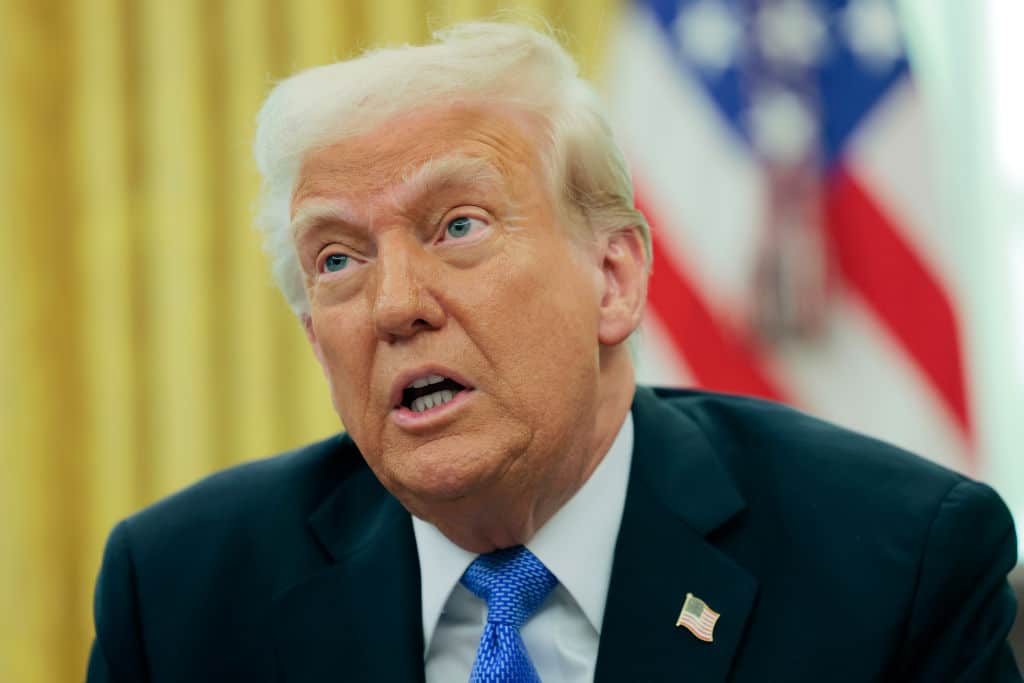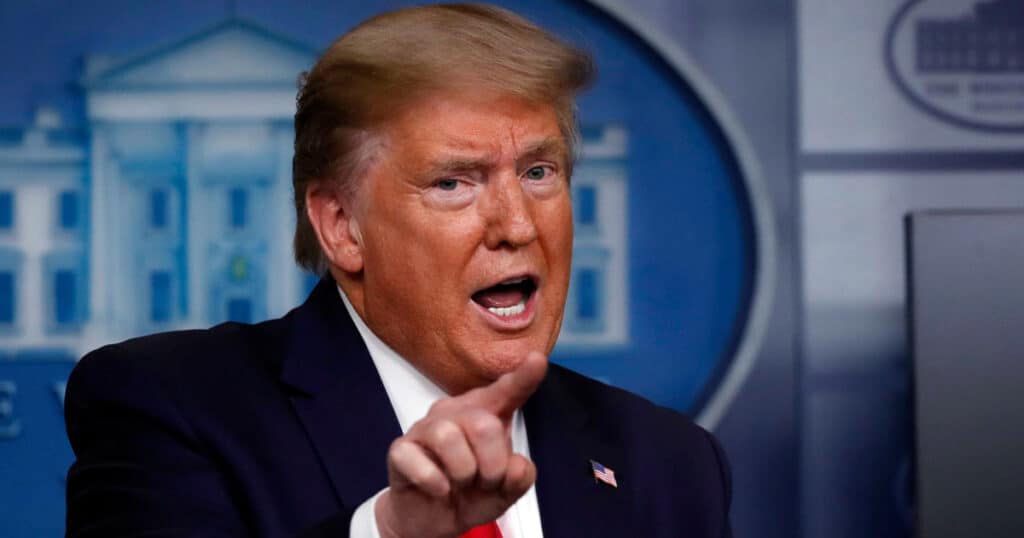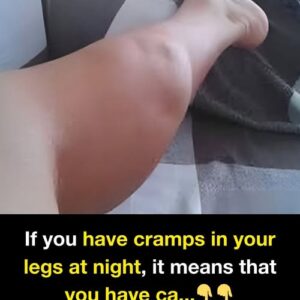Donald Trump’s famously orange complexion has long been a subject of speculation, mockery, and curiosity, but new theories and observations are pushing the conversation into fresh territory. While Trump himself has consistently denied using spray tans or heavy makeup—at one point attributing his glow to “good genes”—critics, photographers, and even casual observers online have continued to debate what’s really behind the look.
Photo editor Emily Elsie recently reignited this discussion with a detailed comparison of Trump’s appearance over time. On Instagram, she posted side-by-side images, noting the stark differences between photos of Trump taken in July 2024 after the assassination attempt and more recent ones. “In July 2024, Donald Trump looked like this… and now he looks like this,” she wrote, highlighting the dramatic shifts in tone. Her central question—“Why is no one covering this very important data point?”—has since gained traction.

At first, Elsie chalked up these changes to photography tricks, lighting conditions, or post-production edits. She pointed out that “in a cool light, Trump’s bronzer is less intense, but even slightly warmer tones can make his skin explode into a near-carrot hue.” This, she suggested, could be tied to makeup choices that were originally designed for television cameras, which tend to wash out natural tones and require artificial enhancement.
But Elsie believes the changes go beyond lighting or camera tricks. She claims that as the years passed during Trump’s first presidency, the amount of bronzer steadily increased, creating a much stronger orange tone than he had in 2017. Her theory is psychological: stress may be the hidden factor. According to her, “The more stressed Trump appears to be, the more makeup shows up on his face.” She argues that when Trump is away from the Oval Office or enjoying favorable poll numbers, his appearance noticeably softens.
A striking example, she says, came after the June 2024 debate against Joe Biden. With Trump leading in the polls and appearing confident, the bronzer “all but disappeared.” But in more recent months, with heightened scrutiny and political uncertainty, Elsie noticed the return of darker makeup, now even extending to his hands—something she describes as unprecedented.
Trump’s camp has often brushed off questions about his complexion, sometimes attributing redness or discoloration to shaking hands all day. However, it has also been reported that Trump suffers from chronic venous insufficiency, a condition that affects blood flow in the legs and can cause swelling, discoloration, and skin changes. Though not directly linked to facial coloring, some suggest this could complicate the overall look of his skin.
Elsie, meanwhile, insists this isn’t a matter to be dismissed with jokes alone. She argues that Trump’s evolving presentation reveals something about image management, insecurity, and the ways powerful people react to their own reflection. “He is acting just like we do when we are a) insulated b) insecure c) surrounded by pictures of ourselves,” she said, suggesting that Trump’s complexion is less about vanity alone and more about the pressure of constantly being in front of cameras.
The orange face may remain a punchline for late-night comedians and internet memes, but for observers like Elsie, it’s also a symbol of how power, stress, and self-image collide under the harsh spotlight of politics.






